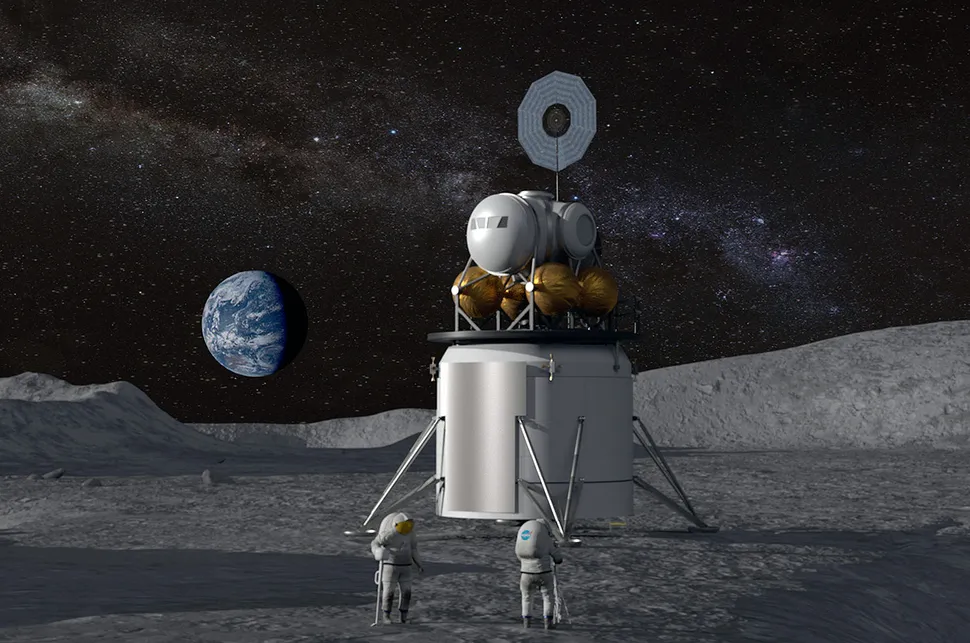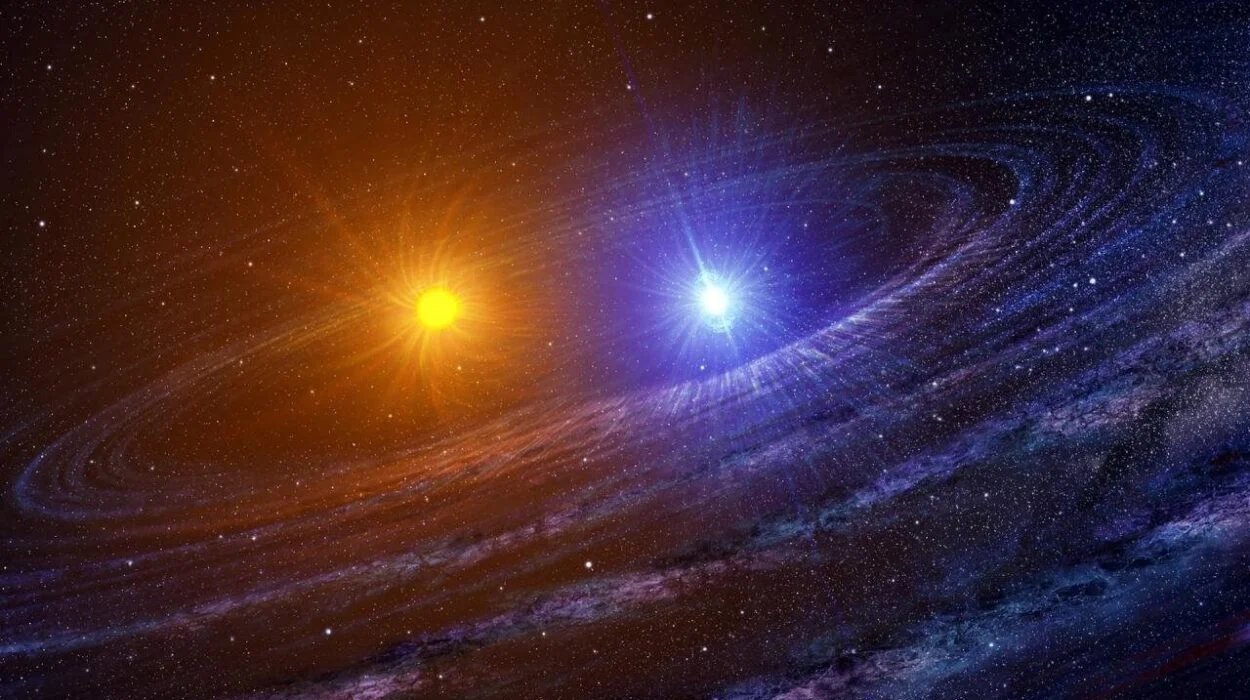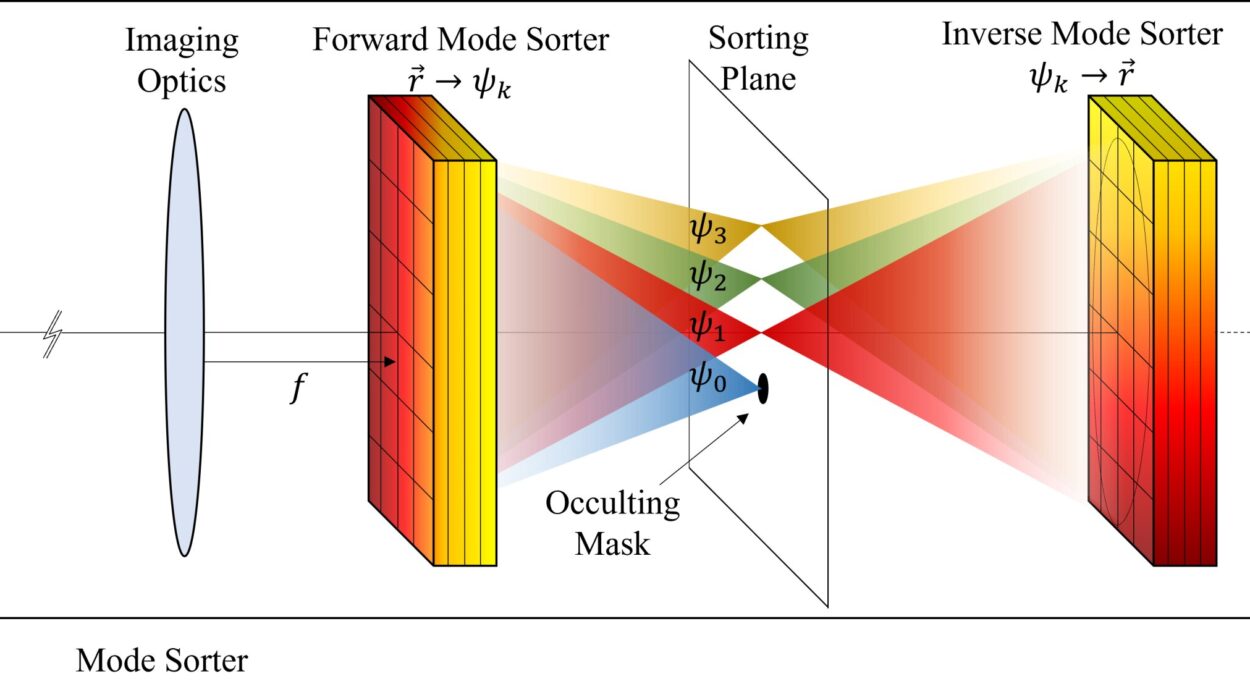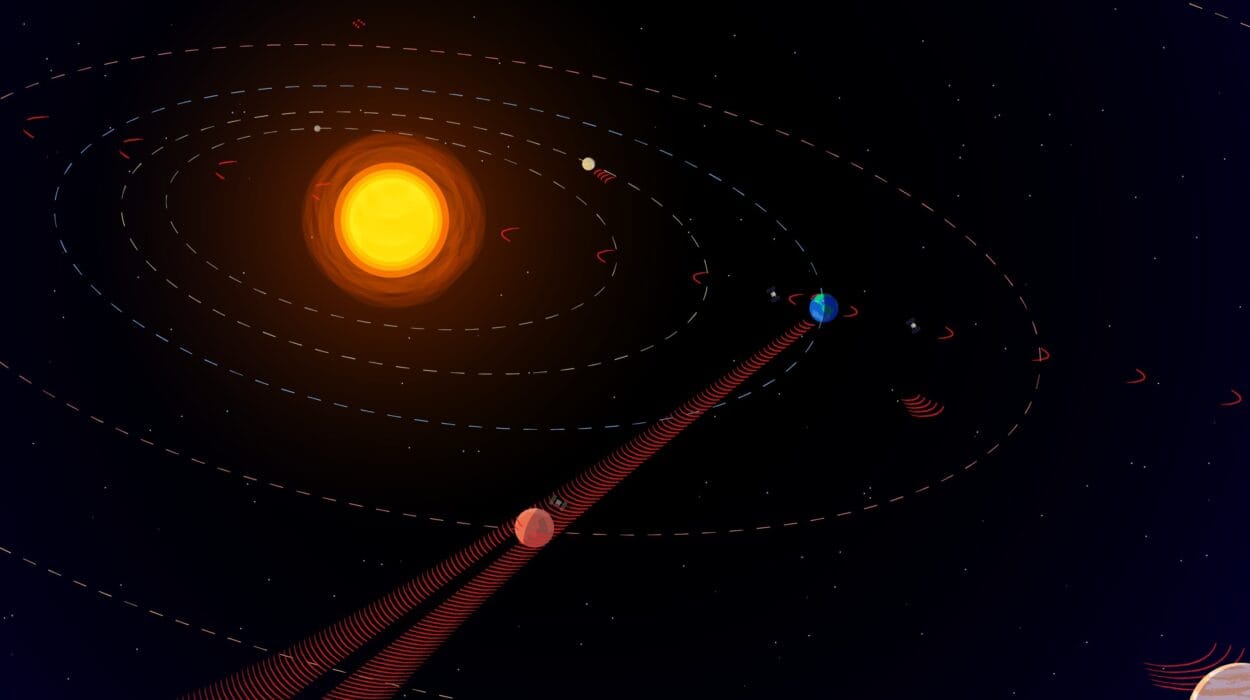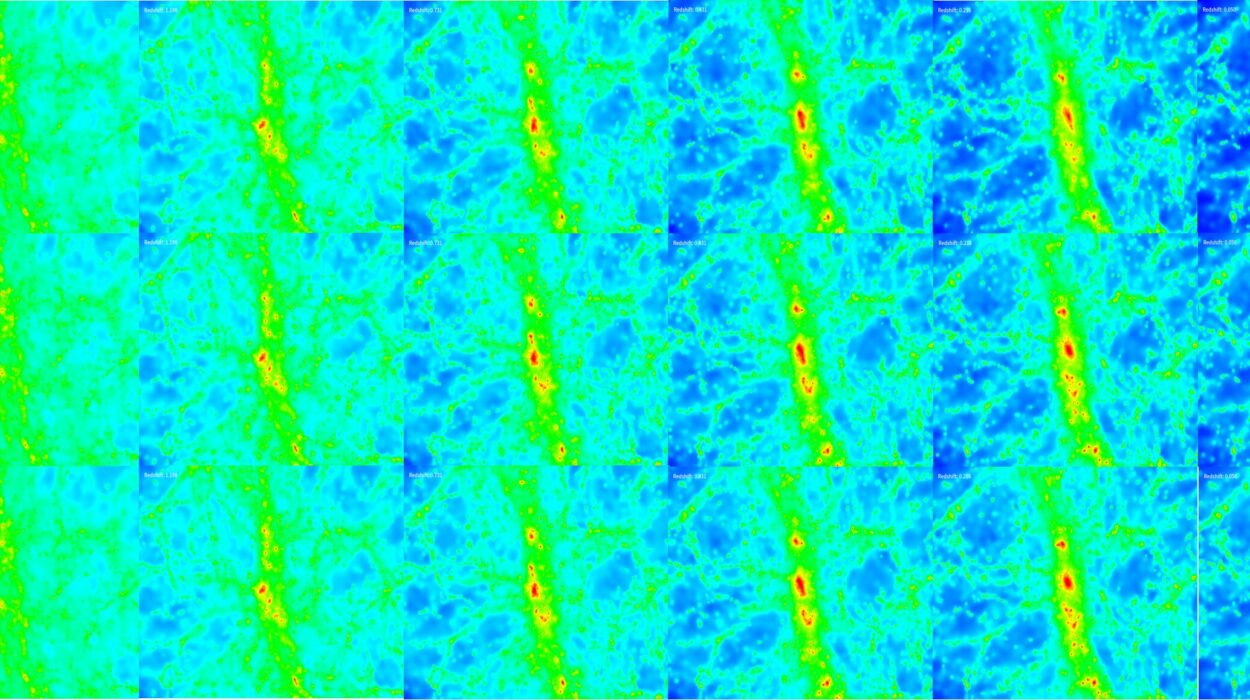In 1969, Neil Armstrong became the first human to set foot on the Moon, uttering the immortal phrase: “That’s one small step for [a] man, one giant leap for mankind.” For decades, that moment stood as the pinnacle of space exploration, a symbol of technological triumph and the boundless reach of human ambition. Yet after the final Apollo mission in 1972, humans turned away from the Moon. The lunar surface grew silent. Now, after half a century, NASA is preparing to return—not just to revisit—but to stay. This time, we are going back differently, and we are not going alone. We are going under a new name: Artemis.
Artemis, named after the ancient Greek goddess of the Moon and twin sister of Apollo, is NASA’s bold, multi-phase program to return humans to the lunar surface. But Artemis is not just about planting flags and leaving footprints. It is about creating a sustainable presence on and around the Moon. It is about building the infrastructure to go even farther—to Mars and beyond. Artemis is the bridge to the future of deep space exploration.
In this article, we will explore the Artemis program in all its facets: its origins, goals, technologies, challenges, milestones, and its promise to transform the way we see the Moon—and ourselves.
Why Go Back to the Moon?
The question might seem simple: if we’ve already been to the Moon, why go back? But the answer reveals a vast horizon of scientific, technological, and philosophical motivations.
First and foremost, the Moon is a gateway. It is close enough to reach with current technology yet distant enough to serve as a proving ground for future missions to Mars and other destinations. It offers scientists a natural laboratory for understanding the early history of the solar system. The lunar surface preserves a pristine geological record, untouched by weather, plate tectonics, or erosion.
The Moon also holds potential resources: water ice in permanently shadowed craters at the poles, which can be used for drinking water, breathable oxygen, and even rocket fuel. Lunar regolith may contain helium-3, a rare isotope with theoretical applications for fusion energy. In short, the Moon may one day help sustain human life beyond Earth.
There is also a geopolitical and commercial dimension. As new nations and private companies enter space, the Moon has become a stage for cooperation, competition, and commerce. Returning to the Moon reinforces leadership, fosters international collaboration, and paves the way for a lunar economy.
Finally, there is the human drive to explore. Artemis is a journey of inspiration, aiming to expand the sphere of human experience and bring the wonder of space to a new generation. In a time of global challenges, space exploration offers a shared purpose, a vision beyond borders.
The Origins of Artemis
The Artemis program was officially announced in 2017, but its roots go back farther. After the retirement of the Space Shuttle in 2011, NASA shifted focus toward deep space missions. The development of the Space Launch System (SLS) and the Orion spacecraft began under the Constellation program in the early 2000s, which was later canceled and reconfigured.
In 2019, NASA’s administrator at the time, Jim Bridenstine, announced an ambitious goal: to land “the first woman and the next man” on the Moon by 2024. This mission would be called Artemis, echoing the Apollo heritage while reflecting a broader, more inclusive vision. Artemis would involve not only NASA, but also commercial partners and international allies.
The Artemis program was structured around a series of increasingly complex missions, building toward sustainable lunar exploration. It would require new rockets, spacecraft, landers, habitats, and an orbital platform around the Moon called the Gateway. Each piece of the puzzle would play a role in a long-term strategy for living and working in space.
The Phases of Artemis: A Stepping-Stone Approach
Artemis is not a single mission, but a multi-mission campaign. It is carefully sequenced to test systems, gather data, and build capability over time. Each phase builds upon the last, creating a foundation for future exploration.
Artemis I: The Uncrewed Pioneer
Artemis I was the first major test flight of the Artemis program. It launched the Orion spacecraft atop the SLS rocket for a journey around the Moon. This mission, uncrewed but deeply significant, served as a test of all major systems: propulsion, navigation, communications, heat shielding, and re-entry procedures.
During the mission, Orion traveled thousands of kilometers beyond the Moon, farther than any spacecraft designed for humans had ever flown. It orbited the Moon in a distant retrograde trajectory before returning safely to Earth. The success of Artemis I was a critical milestone, proving that the vehicle stack could function as intended under deep space conditions.
Artemis II: The First Crewed Flight
Artemis II will be the first crewed mission of the program. Four astronauts will fly aboard Orion for a lunar flyby, spending about 10 days in space. The crew will not land but will travel around the far side of the Moon, testing life support systems, navigation, and human factors under lunar mission profiles.
This mission will echo the famous Apollo 8 mission of 1968, which was humanity’s first voyage around the Moon. Like Apollo 8, Artemis II will mark a defining moment in the history of spaceflight—rekindling public imagination and setting the stage for the return of humans to the lunar surface.
Artemis III: Return to the Surface
Artemis III is the headline event—the mission that will return astronauts to the Moon. It is planned to land near the lunar South Pole, a region never visited by humans. This area is of great interest due to the presence of water ice in shadowed craters, as well as unique geological features.
The mission will involve new technology: a Human Landing System (HLS) developed with commercial partners (such as SpaceX, which is building a lunar variant of its Starship spacecraft). Astronauts will spend several days on the surface, conducting experiments, collecting samples, and testing equipment for future missions.
This landing will be historic for another reason: it will include the first woman and the first person of color to walk on the Moon, reflecting a more diverse and representative vision of exploration.
Artemis IV and Beyond: Building a Lunar Presence
After Artemis III, the program shifts toward sustainability. Future missions will involve longer stays, more advanced habitats, lunar rovers, and the construction of the Gateway—a small, crewed space station that will orbit the Moon.
The Gateway will serve as a staging point for missions to the lunar surface and eventually, to Mars. It will be built in modules, with contributions from NASA, ESA (European Space Agency), JAXA (Japan), and CSA (Canada). The Gateway’s modular, reusable design is a key step in reducing the cost and complexity of deep space operations.
As Artemis progresses, NASA envisions a base camp near the lunar South Pole—a semi-permanent outpost with habitats, power systems, and mobility platforms. This base will allow astronauts to live and work on the Moon for weeks at a time, unlocking new scientific potential and preparing for the rigors of Mars.
The Technologies Behind Artemis
Artemis is not just about bold ideas—it is built on cutting-edge technology developed over decades of research, testing, and iteration.
The Space Launch System (SLS)
SLS is the most powerful rocket NASA has ever built. It combines legacy components from the Space Shuttle (like solid rocket boosters and RS-25 engines) with new core stages and upper stages. It is designed to launch heavy payloads beyond low Earth orbit, enabling crewed missions to the Moon and beyond.
The Block 1 version of SLS was used for Artemis I, while future versions will feature upgrades for greater lift capacity. Each launch of SLS is a symphony of engineering, with millions of pounds of thrust propelling humans into deep space.
The Orion Spacecraft
Orion is NASA’s next-generation crew vehicle. It consists of a crew module, a service module (provided by the European Space Agency), and a launch abort system. Orion is designed for long-duration missions beyond Earth orbit, with advanced life support, radiation shielding, and deep space navigation.
Inside, the spacecraft can carry up to four astronauts, with accommodations for sleeping, eating, and working during multi-week journeys. Orion is the lifeboat, the home, and the command center for Artemis crews.
The Human Landing System (HLS)
The HLS is the vehicle that will take astronauts from lunar orbit down to the Moon’s surface and back. Unlike the Apollo Lunar Module, which was launched as part of a single stack, the Artemis lander is launched separately and docked with Orion in lunar orbit.
NASA awarded a contract to SpaceX to develop the first HLS, based on the Starship design. Starship offers a large cargo capacity, fully reusable architecture, and a futuristic silhouette. Other companies are also developing landers for future missions, adding diversity and competition to the program.
Gateway: A Space Station Around the Moon
The Gateway is a new kind of space station. Unlike the International Space Station, which orbits Earth, Gateway will orbit the Moon in a highly elliptical near-rectilinear halo orbit. This unique orbit allows for constant sunlight, frequent access to the lunar surface, and minimal fuel consumption.
Gateway will be a hub for science, logistics, and crew transfer. It will feature habitation modules, docking ports, communications systems, and scientific instruments. It represents the next step in building infrastructure for long-term presence in deep space.
Challenges and Risks
As inspiring as Artemis may be, it faces significant challenges—technical, political, financial, and human.
The engineering required for Artemis is incredibly complex. Every system must function reliably under harsh conditions. Delays and budget overruns are common in space programs, and Artemis is no exception. Building a new generation of rockets, landers, and habitats takes time and investment.
There are also geopolitical risks. Artemis depends on international partnerships and stable funding. Changes in political priorities or economic pressures could impact the timeline.
Space itself is dangerous. Radiation, micrometeoroids, isolation, and zero gravity all pose risks to human health. Astronauts will venture farther from Earth than any humans have gone before, beyond the protection of the Earth’s magnetic field.
Despite these risks, Artemis pushes forward. Because exploration is never easy—but always worth it.
The Future: From the Moon to Mars
Artemis is not the final destination. It is the launchpad for humanity’s next great adventure: Mars.
By learning to live and work on the Moon, we develop the skills, technologies, and strategies needed to reach the Red Planet. The experience gained through Artemis—from in-situ resource utilization to long-duration spaceflight—will directly inform future crewed missions to Mars.
NASA’s long-term vision includes a Mars base, perhaps by the 2030s or 2040s. Artemis is the proving ground, the rehearsal, the stepping stone that makes Mars possible.
The Artemis Generation
Perhaps the most profound impact of Artemis is not technological but human. It aims to inspire a new generation—the Artemis Generation—just as Apollo inspired those who came before.
Young people today will grow up watching humans walk on the Moon, not as a history lesson but as a current event. They will see women and men of all backgrounds exploring other worlds. They will dream of space not as science fiction, but as a frontier within reach.
In classrooms, laboratories, startups, and space agencies, the Artemis Generation will lead us into a new era of exploration, one defined not by national rivalry but by shared purpose. The Moon is just the beginning.
Conclusion: A New Dawn
The Artemis program is humanity’s return to the Moon—but it is also much more. It is a vision of sustainable exploration, of cooperation, of unlocking the full potential of space. It is a promise that we will not stop at what we already know.
We return to the Moon not because it is easy or because it is familiar—but because it calls to us still. In its cold silence, the Moon reminds us of how far we’ve come and how far we’ve yet to go.
With Artemis, we rise again.
